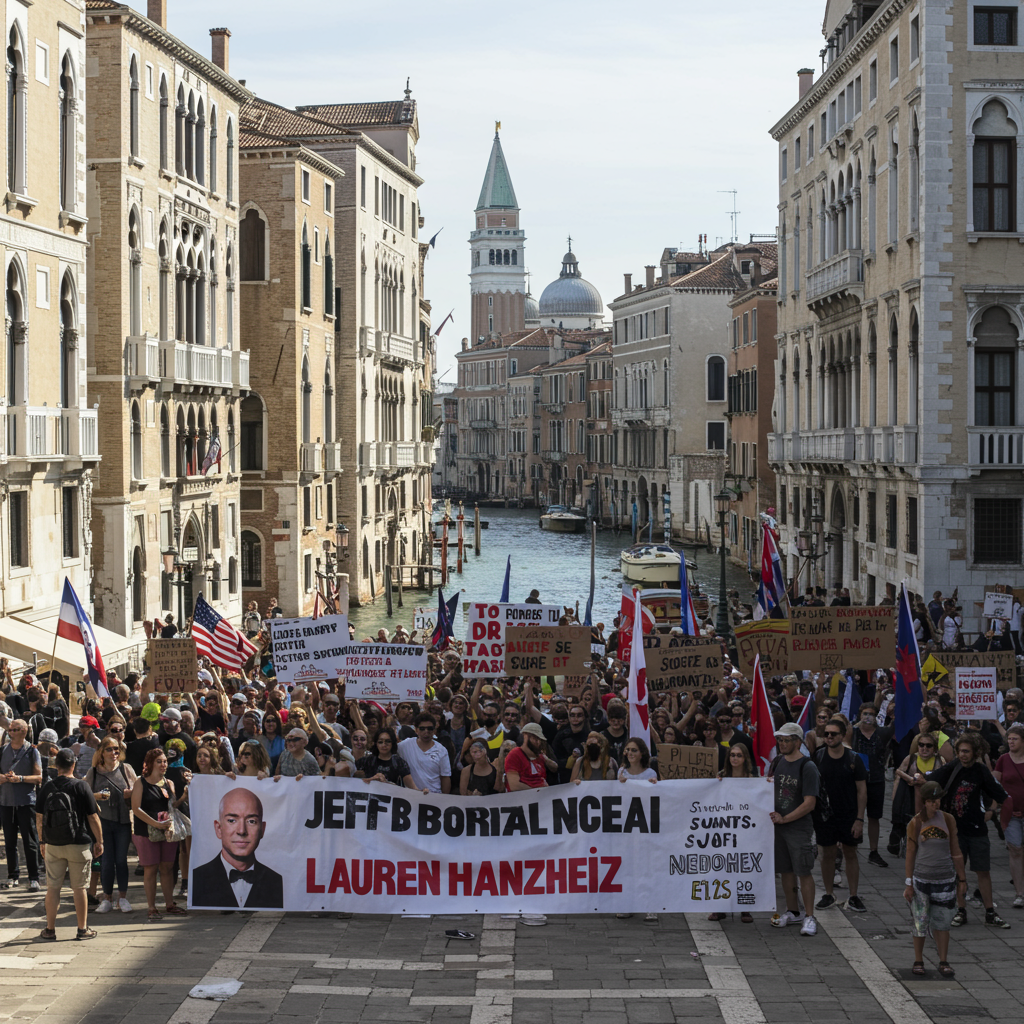Federal Reserve Chair Jerome powell made a striking admission on June 25th at a central banking forum in Sintra, Portugal. He stated unequivocally that the U.S. central bank likely would have lowered interest rates during the current year if not for significant policy actions taken by President Donald Trump. Specifically, Powell pointed to the widespread tariffs imposed by the Trump administration as the primary factor preventing earlier rate adjustments.
Speaking at the Senate Committee on Banking, Housing, and Urban Affairs event in Washington, DC, and later affirming the sentiment in Portugal, Powell confirmed this assessment was correct when asked directly. This highlights how external policy changes, particularly trade measures, can significantly impact the trajectory of U.S. monetary policy decisions.
How Tariffs Created Economic Uncertainty
The imposition of tariffs by the Trump administration introduced a substantial degree of uncertainty into the economic outlook. Powell explained that upon observing the sheer magnitude and broad scope of these trade barriers, Federal Reserve officials revised their inflation forecasts for the United States materially upward. This wasn’t just minor tinkering; the scale of the predicted impact was significant.
Despite the upward pressure on expected inflation stemming from the tariffs, the Fed consciously chose a “wait and see” approach rather than reacting immediately. Powell described this stance as both prudent and necessary. The rationale was that the full economic effects of the tariffs were not yet apparent, and the precise timing, extent, and persistence of their impact remained highly uncertain. The Fed opted to observe how the situation developed before resuming rate cuts. This patient approach aimed to avoid an overreaction to volatile trade developments.
Political Pressure and Central Bank Independence
This period of holding rates steady occurred amidst intense and public criticism from President Trump. Trump repeatedly attacked Powell for not lowering interest rates, using harsh language and publicly demanding cuts. These attacks were seen by many as norm-shattering, breaking with a long-standing tradition of respecting the Fed’s operational independence from political influence.
Examples of this pressure included Trump’s social media posts calling Powell a “numbskull” and a “moron.” Notably, Trump even posted a handwritten note on his platform, later delivered to the Fed, accusing Powell of costing the country a fortune by keeping rates higher than other nations. Despite these relentless public attacks, Powell consistently declined to comment directly on the President’s criticism. He maintained that his focus remained squarely on “just doing my job” and fulfilling the Federal Reserve’s mandated responsibilities. European Central Bank President Christine Lagarde publicly defended Powell’s stance, praising him as a “courageous central banker” who embodies the standard for navigating such political pressure, a sentiment that reportedly drew applause at the forum. The principle of Federal Reserve independence, which some legal experts argue is supported by recent Supreme Court rulings, is crucial for maintaining economic stability free from short-term political goals.
Internal Fed Views and the Path Forward
While Powell articulated the consensus reason for the hold on rates, opinions within the Federal Reserve on the timing of future cuts have shown some variation. For instance, two of Powell’s colleagues, Fed Vice Chair for Supervision Michelle Bowman and Fed Governor Christopher Waller, had recently suggested the central bank could consider a rate cut as early as July. However, their readiness was explicitly conditional on how mild any tariff-induced inflation ultimately proved to be. Their views did not align with the significantly larger rate cuts demanded by President Trump.
Market expectations at the time reflected this cautious outlook. According to futures data, investors estimated a high probability – around 81% – that the Fed would hold rates steady at its July 29-30 meeting. This contrasted sharply with a much lower estimated chance – roughly 19% – for a quarter-point rate reduction. Looking further ahead, Powell indicated that a “solid majority” of Fed officials anticipated that reducing rates would become appropriate later in the year. He stated that the exact timing would depend on incoming economic data, particularly regarding inflation and the labor market. While he wouldn’t take any specific meeting “off the table” or explicitly put it “on the table” when asked if July was too soon, his comments reinforced that future decisions would be guided by economic conditions, not political demands.
Why Fed Independence Matters for Stability
Powell and other central bankers emphasized the vital importance of the Federal Reserve operating in a completely non-political manner. Their mission is to deliver macroeconomic, financial, and overall economic stability for the benefit of all citizens. Achieving this requires remaining impartial, avoiding taking sides, and staying out of issues that fall outside the Fed’s core mandate of promoting maximum employment and price stability. This commitment to independence ensures that monetary policy decisions are made based on objective economic analysis rather than short-term political pressures or electoral cycles.
Preparing for the Future
With his term as Chair extending through May 2026, Powell reiterated his primary goal is to ensure the U.S. economy remains “in good shape” to hand off to his successor. This focus underscores the long-term perspective central bankers must maintain. The ability to make decisions based on economic data, even when politically unpopular, is seen as essential for fostering an environment where policymakers can make effective decisions and the public can achieve their economic potential.
Frequently Asked Questions
Why Did Federal Reserve Chair Powell Blame Tariffs for Halting Rate Cuts?
Chair Powell explained that the significant tariffs imposed by President Trump created widespread economic uncertainty and led to material increases in inflation forecasts for the U.S. Rather than overreacting, the Federal Reserve adopted a “wait and see” approach to fully assess the tariffs’ unpredictable effects on the economy before making any changes to interest rates.
What Kind of Political Pressure Did Powell Face Regarding Interest Rates?
Jerome Powell faced intense public criticism from President Trump, who repeatedly demanded lower interest rates. This included using derogatory terms and publicly accusing Powell of harming the economy by keeping rates too high. Despite these “norm-shattering attacks,” Powell maintained that his focus was solely on his job and that the Fed operates based on its economic mandate, independently of political influence.
When Does the Federal Reserve Expect Interest Rate Cuts Might Occur?
While the Federal Reserve held rates steady due to tariff uncertainty, Chair Powell indicated that a “solid majority” of Fed officials expected rate reductions would become appropriate later in the year. The timing of future cuts would depend on how inflation and the labor market evolve, guiding the Fed’s data-dependent decision-making process.
Conclusion
Jerome Powell’s clear statement underscores the significant impact external policies like tariffs can have on monetary policy. By attributing the pause in interest rate cuts directly to the uncertainty and inflationary pressures created by President Trump’s trade actions, Powell highlighted the complex factors influencing the Federal Reserve’s decisions. Despite facing persistent political pressure, the Fed maintained its “wait and see” stance, prioritizing observation of economic data over immediate action. While future rate cuts are anticipated later in the year, their timing remains contingent on economic conditions, reaffirming the Fed’s commitment to its independent, data-driven approach to achieving long-term economic stability.



